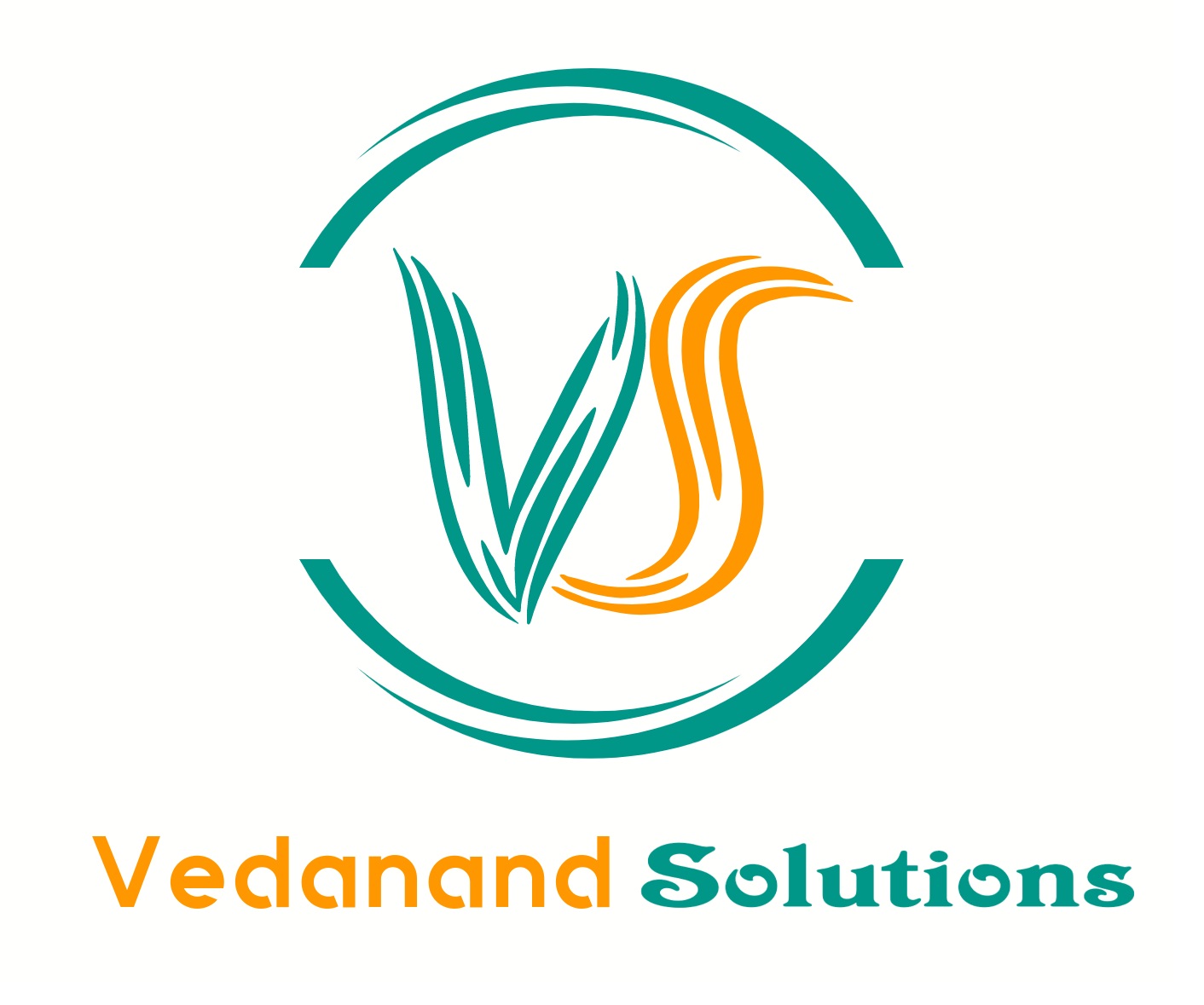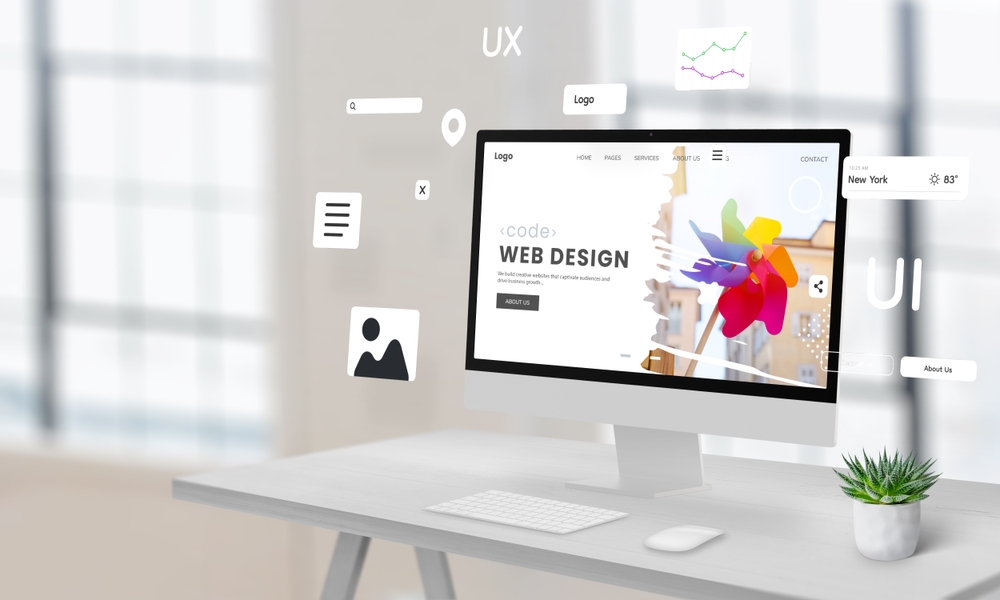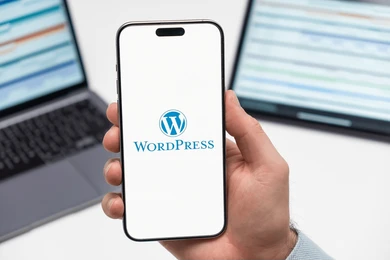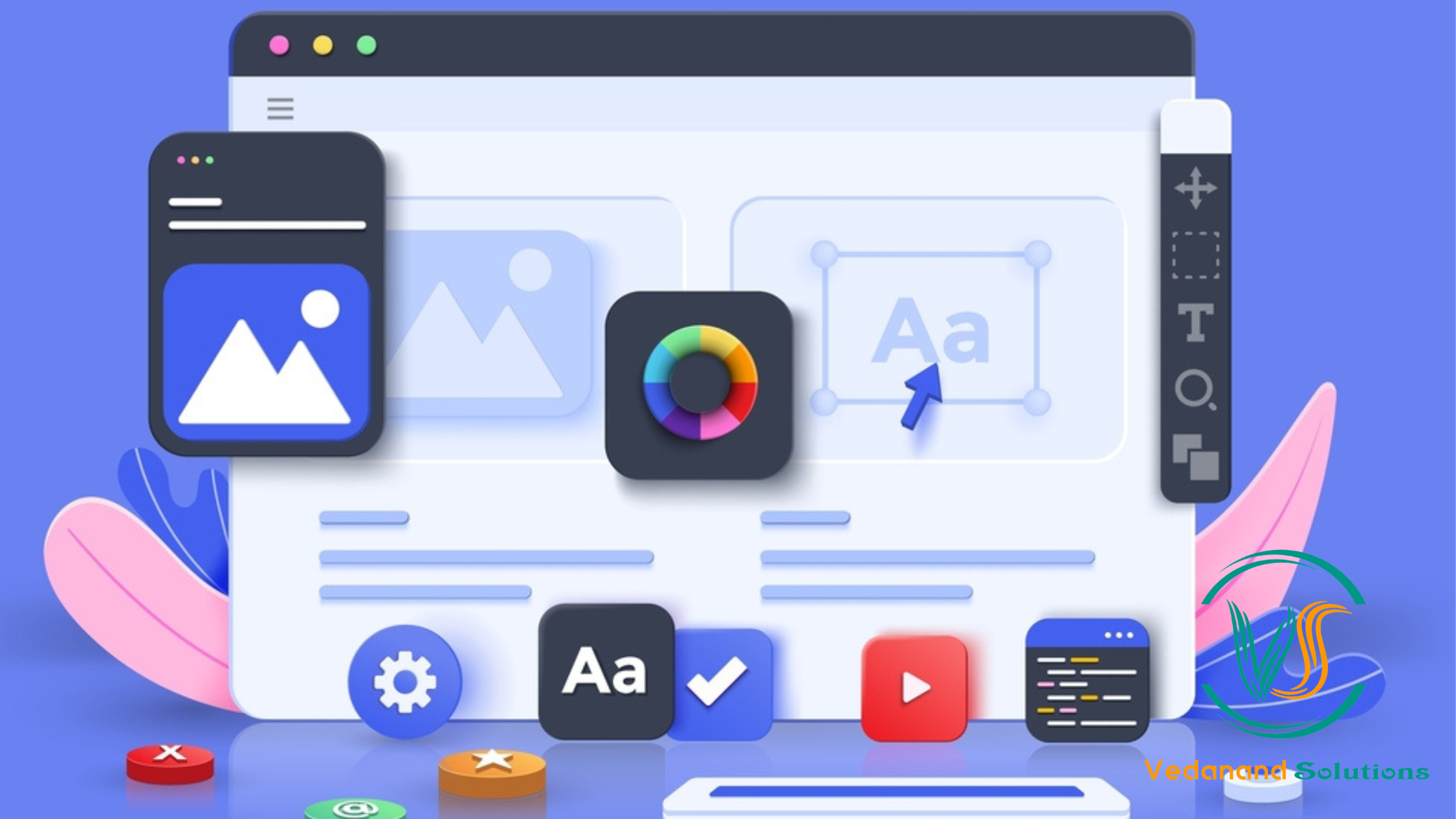The digital tapestry is being rewoven with unprecedented velocity, and web architecture in 2025 finds itself redefined, melding visceral artistry with cerebral logic. As the tectonics of technology and imagination collide, brands must embed themselves within these vanguard trends to remain not just contemporary but transcendent. This manuscript unveils the pivotal currents in digital design, scripting tomorrow’s interactive terrains.
AI-Infused Interfaces: Cognition Meets Creation
Artificial Intelligence is no longer a mere back-end whisperer—it is now the artisan behind the curtain. As 2025 unfolds, AI-curated builders like Wix ADI and Bookmark ascend, empowering users to conjure site aesthetics with uncanny precision. These entities harness data-rich intuition to sculpt visual hierarchies, chromatic schemes, and lexicon flows with almost sentient finesse.
Beyond this, AI metamorphoses user journeys—altering imagery, messaging, and calls-to-action in real-time, synchronised with behavioural nuances. The outcome? Experiences that captivate, convert, and cling to memory.
Vocal Gateways: Commanding the Digital Realm
The proliferation of voice-activated apparatus has transfigured human-device interplay. Voice User Interfaces (VUIs) in 2025 aren’t optional—they’re elemental. Sites are now crafted to heed spoken directives, liberating users from tactile constraints and bolstering inclusivity.
To thrive in this auditory paradigm, brands deploy semantic schema markup and robust NLP protocols, conjuring dialogue-driven interactions that harmonise voice, visuals, and predictive cognition.
Tangible Digitalism: 3D & XR Narratives
The mesh of WebGL and WebXR technologies has catalyzed a revolution in realism. We now witness websites unshackled from flat design, morphing into three-dimensional storyscapes. In this new epoch, virtual showcases, AR-infused buying guides, and panoramic walkthroughs permeate industries—from e-commerce to e-learning. Such immersive realms are powered by svelte frameworks, maintaining velocity without sacrificing depth, ensuring fluidity and immediacy in every scroll.
Radical Minimalism: The Essence of Speed
Attention spans have become ephemeral flickers. In response, 2025’s design ideology embraces radical reductionism—eliminating decorative detritus. Vast negative space, audacious fonts, and disciplined chromatics take center stage.
Performance is the sovereign metric—lightning-fast renderings, hyper-responsive grids, and latency-reducing strategies like lazy loading and async scripting manifest as sacred rites in this ascetic aesthetic.
Chromatic Flexibility: Darkness, On Demand
Dark mode has crossed the threshold from novelty to norm. Users now anticipate environments that pivot chromatically—mirroring their ambient context or circadian preference. With CSS variables and media queries like prefers-color-scheme, digital canvases adapt fluidly.
Not merely stylistic, this chromatic dualism reduces ocular fatigue, trims power usage on OLEDs, and introduces an elegant gravitas to interfaces.
Analytics-Centric Design: Insight Over Intuition
No longer does design dwell in the realm of guesswork. In 2025, empirical evidence governs aesthetics. Tools like FullStory and Hotjar decode user actions into actionable wisdom—heatmaps, scroll depth, and behavior trails inform real-time reconfiguration.
Foresight reigns, as predictive models anticipate user cravings, sculpting experiences that evolve in anticipation rather than reaction.
Hyper-Personalized Micro-Interactions
Micro-interactions—those whispering cues nestled within the UI—have matured into intelligent empaths. Gone are the days of mere hover animations. In their stead rise buttons that shimmer, pulse, and echo sound or haptic feedback upon contact.
These sensory breadcrumbs usher users gently, making engagement intuitive and serendipitous. From gliding page transitions to emotional gesture recognition, these flourishes leave lingering impressions.
Ecologically Ethical Web Design
As ecological awareness intensifies, web creators align with sustainability. In 2025, sites are engineered with environmental grace—abandoning bloat, compressing assets, and adopting eco-hosting providers.
Frameworks like Hugo and Eleventy preside over this shift, enabling pixel-perfect yet carbon-light digital sanctuaries. It’s no longer just about speed, but about planetary stewardship through design.
Universally Accessible Aesthetics
Design, once exclusionary, is now intrinsically inclusive. Accessibility is both a moral imperative and a statutory mandate. Websites are built upon WCAG 2.2 foundations, empowering all users—regardless of physicality—with features like semantic HTML, keyboard-friendliness, and AI-crafted alt text.
Gesture navigation, real-time captioning, and screen reader optimization fortify digital parity across demographics and devices.
Scroll-Stirred Storytelling & Cinematic Design
Scrollytelling has risen as the dramaturgy of the web. With each flick of the finger, a narrative unspools—augmented by parallax illusions, synchronized animation, and kinetic visuals. It’s not simply content—it’s a chronicle.
These visual symphonies immerse visitors, drawing them deeper into the brand’s ethos. Lottie and GSAP power these poetic transitions, wrapping emotion in motion.
The Democratization of Creation: No-Code Ascendancy
2025 hails a paradigm shift—the liberation of creators from code. Platforms like Webflow and Framer equip non-developers with the tools to fabricate responsive, intricate layouts without touching a line of syntax.
This empowerment breeds agility—prototypes materialize in hours, not weeks. The consequence is a renaissance of rapid ideation and inventive freedom, unshackled from technical bottlenecks.
Security as a Design Tenet
In a world fraught with digital incursion, security has ascended from backend afterthought to frontline priority. Design now integrates trust artifacts—biometric logins, robust encryption cues, and lucid privacy disclosures.
These visual assurances—SSL seals, ethical cookie modals, transparent policies—fortify user trust, warding off hesitation and elevating digital integrity.
Closing Thought: Architecting the Inevitable
The future of web design is neither speculative nor abstract—it is unfolding now, with relentless momentum. To design for tomorrow is to embrace intelligence, immersion, inclusivity, and intent. By weaving these emergent patterns into your digital framework, you do not simply adapt—you flourish.
Future-proofing begins not with trend-watching, but with transformation. Step boldly.
Also Read: Off Page SEO: An Arcane Playbook to Ascend Google’s Zenith





